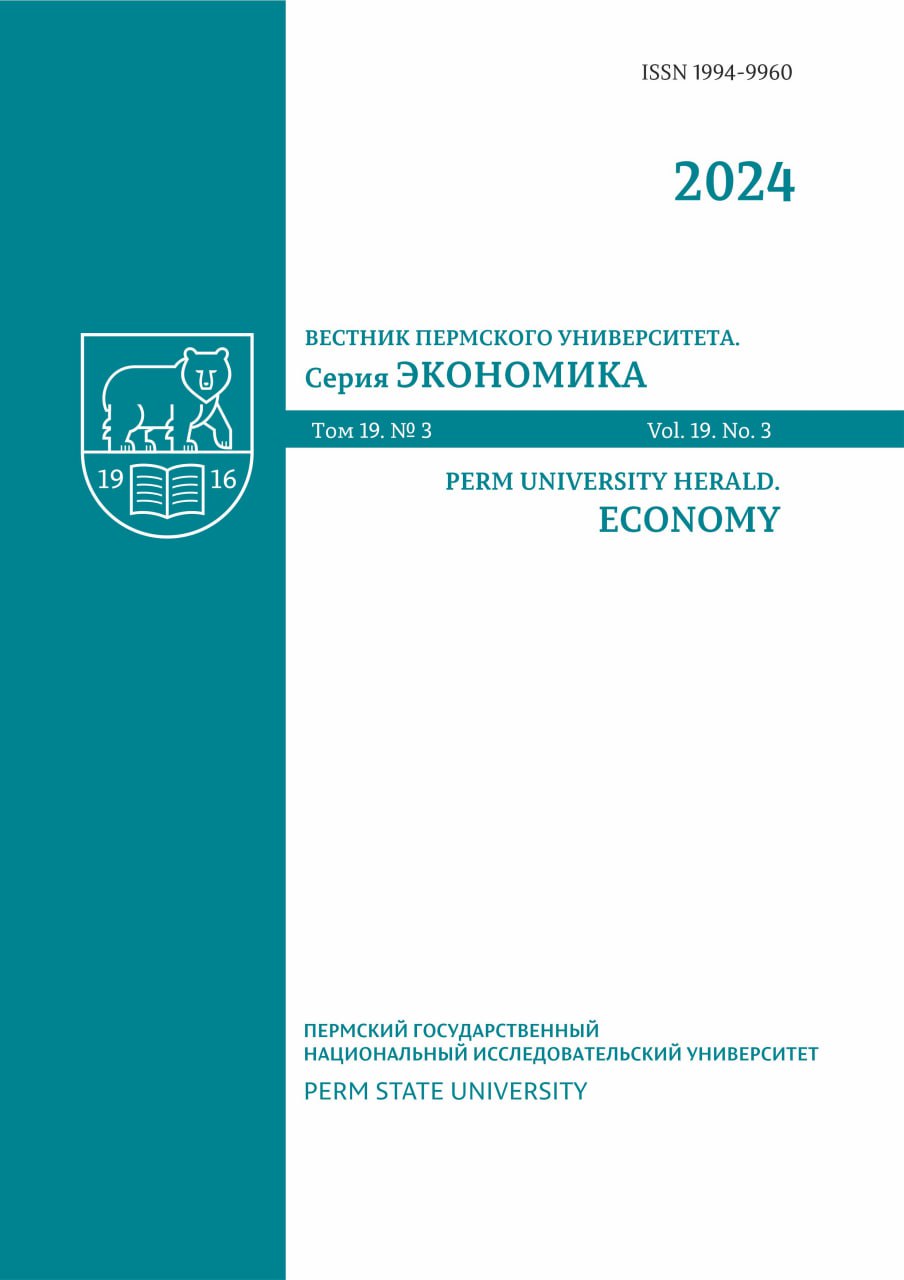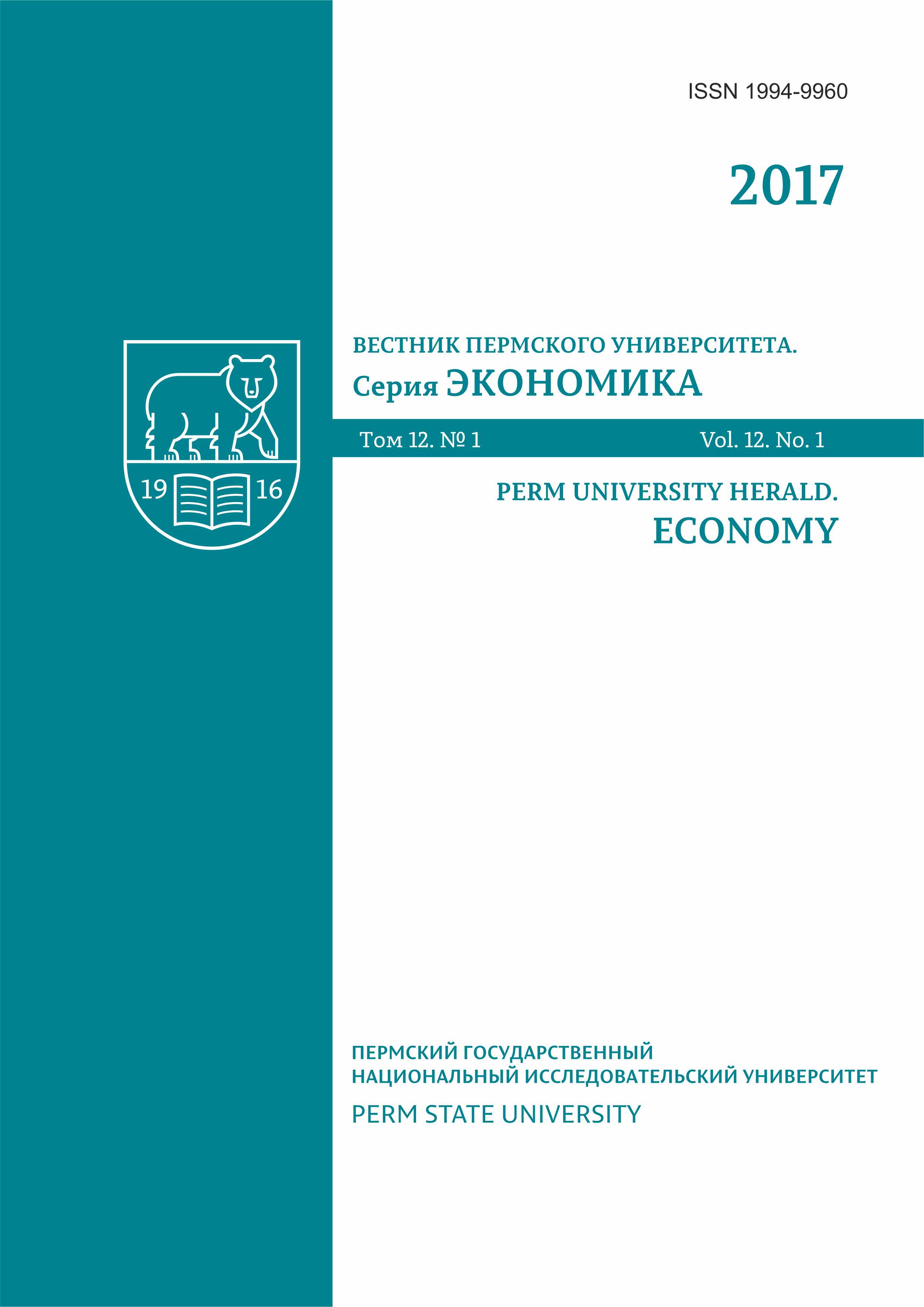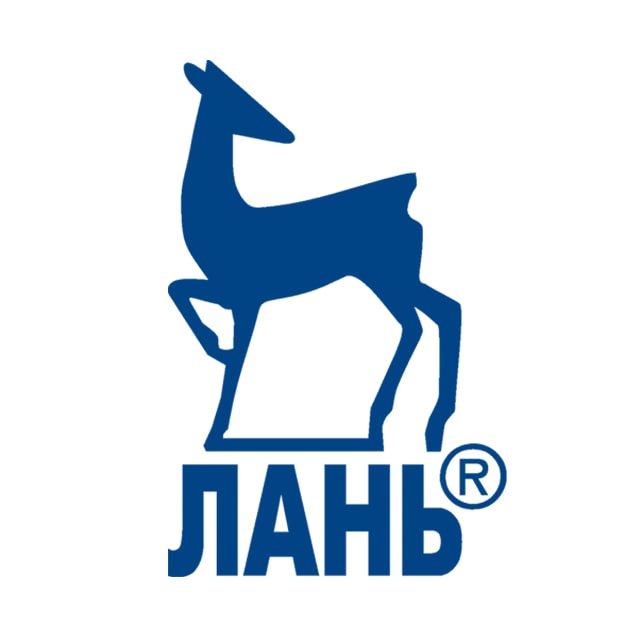Reasons of the priorities of economic policy based on the structural analysis of gross regional product (in the case study of Perm Krai)
DOI:
https://doi.org/10.17072/1994-9960-2017-1-91-109Abstract
The structural analysis of gross regional product (GRP) of Perm Krai has been conducted. The GRP has been calculated using income and expenditure approaches to determine the influence of each of its components on the growth rate of generalized indicator. The significant statistical discrepancy of GRP values, calculated with different methods, has been revealed. The GRP calculated using the expenditures approach is characterized by the greater range of fluctuation than the gross added value and the GRP calculated using the income approach. The reason of the discrepancy has been determined. It is the incomplete disclosure of interregional relations at the regional level. The authors have highlighted the challenges that arose when calculating the values, including the resulting simplification of the methods of calculation of macroeconomic indicators at regional level that are quite substantial to regions, including Perm Krai. Based on the sensitivity analysis and the results of the correlation analysis the authors have identified factors that have the significant effect on the rate of economic growth in the region. Correlation analysis has shown the high dependence of the GRP on consumer spending both in Perm Krai and in Russia. Empirical analysis has allowed to substantiate the main directions of regional economic policy and to identify the instruments of public administration. The use of these instruments together with the methods affecting the salary range, stimulating consumer demand, investment and government spending will allow the government of Perm Krai to influence economic growth in the region.
Keywordseconomic growth, regional economy, gross regional product, gross added value, sensitivity analysis, correlation analysis, economic policy
For citationMiroliubova T.V., Voronchikhina E.N. Reasons of the priorities of economic policy based on the structural analysis of gross regional product (in the case study of Perm Krai). Perm University Herald. Economy, 2017, vol. 12, no. 1, pp. 91–109. DOI 10.17072/1994-9960-2017-1-91-109
References1. Kudymov V.M. Vzaimosviaz’ sotsial’no-ekonomicheskikh protsessov s pokazatelem valovogo regional’nogo produkta [The relationship of socio-economic processes with the gross regional product]. Re-gional’naia ekonomika: teoriia i praktika [Regional Economics: Theory and Practice], 2007, no. 15 (54), pp. 42–51. (In Russian).
2. Glukhova M.V. Valovoi regional'nyi produkt i praktika ego rascheta v Rossii [Gross regional product and the practice of its calculation in Russia]. Available at: http://www.cisstat.com/meet-sna2004/glukhova.htm (accessed 20.11.2016). (In Russian).
3. Kiiashchenko T.A. Osobennosti sovremennoi regionalnoi otsenki valovogo regional’nogo produkta v Rossiiskoi Federatsii [The features of modern regional estimates of gross regional product in the Russian Federation]. Regional’naia ekonomika: teoriia i praktika [Regional Economics: Theory and Practice], 2014, no. 23 (350), pp. 52–57. (In Russian).
4. Tatarinov A.A. Subnatsionalnye scheta: problemy razrabotki i ispolzovanie v regional’nom an-alize [Subnational accounts: problems of development and use in regional analysis]. Moscow, IEHPP Publ., 2005. 163 p. (In Russian).
5. Suvorov A.V., Chistiakova S.V. Opyt postroeniia sistemy schetov valovogo regional'nogo produkta dlia prognozirovaniia ekonomiki regiona (na primere g. Moskvy) [The experience of building a system of accounts gross regional product for the prediction of regional economy (on the example of Mos-cow)]. Problemy prognozirovaniia [Studies on Russian Economic Development], 2006, no. 5, pp. 83–96. (In Ruissian).
6. Ponomarenko A.N. Sistema natsional'nykh schetov [National economic accounting]. Ekonomicheskii zhurnal Vysshei shkoly ekonomiki [The HSE Economic Journal], 1998, no. 2, pp. 245–268. (In Russian).
7. Sukharev O.S. Strukturnaia dinamika ekonomiki Rossii: k novoi modeli rosta [Structural dy-namics of Russian economy: to the new growth model]. Voprosy territorial'nogo razvitiia [Territorial De-velopment Issues], 2016, no. 4, pp. 1–15. (In Russian).
8. Sukharev O.S. Ekonomicheskii rost v Rossii: problema upravleniia [Economic growth in Russia: management issue]. Ekonomist [Economist], 2016, no. 7, pp. 21–31. (In Russian).
9. Boeri T. Setting the minimum wage. Labour Economics, 2012, vol. 19, no. 3, pp. 281–290.
10. Sorkin I. Are there long-run effects of the minimum wage? Review of Economic Dynamics, 2015, vol. 18, no. 2, pp. 306–333.
11. Rashidov O.I., Rashidova I.A. Analiz vzaimosviazi investitsii i VRP po oblastiam Tsentral’nogo Chernozem’ia [Analysis of the relationship between investment and GRP in the regions of the Central Chernozem region]. Ekonomika i upravlenie [Economics and Management], 2010, no. 1 (62), pp. 169–174. (In Russian).
12. Miroliubova T.V., Voronchikhina E.N. Opredelenie kliuchevykh napravlenii regional’noi poli-tiki na osnove ekonometricheskogo modelirovaniia i prognozirovaniia regional’nogo economicheskogo rosta [Determination of key focus areas of regional economic policy on the basis of regional economic growth econometric modeling and forecasting]. Vestnik Permskogo universiteta. Seria Ekonomika [Perm University Herald. Economy], 2015, no. 4 (27), pp. 80–91. (In Russian).
13. Niebylski M., Redburn K., Duhaney T., Campbell N. Healthy food subsidies and unhealthy food taxation: A systematic review of the evidence. Nutrition, 2015, vol. 31, no. 6, pp. 787–795.
14. Kiseleva O.V. Instrumenty stimulirovaniia investitsionnoi aktivnosti na primere regionov Privolzhskogo federal'nogo okruga [The instruments of investment activity stimulation on the example of regions of Privolzhsky Federal district]. Rossiiskoe predprinimatel'stvo [Russian Journal of Entrepreneurship], 2013, no. 15, pp. 23–31. (In Russian).
15. Escobar-Posada A.R., Monteiro G. Optimal tax policy in the presence of productive, consump-tion, and leisure externalities. Economics Letters, 2017, vol. 152, pp. 62–65.
16. Kostin F.I. Nalogovoe stimulirovanie investitsionnoi aktivnosti v sektore obrabatyvaiushchei promyshlennosti [Tax stimulation of investment activity in the manufacturing sector]. Ekonomika i upravlenie [Economics and Management], 2010, no. 8, pp. 123–127. (In Russian).
17. Gaevskaia L.M. Rol' amortizatsii v stimulirovanii innovatsionnoi aktivnosti: zarubezhnyi opyt [The role of depreciation in stimulating innovative activities: foreign experience]. Ekonomika i predprini-matel'stvo [Economics and Entrepreneurship], 2009, no. 4, pp. 19–23. (In Russian).
18. Albonico A., Kalyvitis S., Pappa E. Capital maintenance and depreciation over the business cy-cle. Journal of Economic Dynamics and Control, 2014, vol. 39, pp. 273–286.
19. Park J. The impact of depreciation savings on investment: Evidence from the corporate Alterna-tive Minimum Tax. Journal of Public Economics, 2016, vol. 135, pp. 87–104.
20. Edler J., Yeow J. Connecting demand and supply: The role of intermediation in public procure-ment of innovation. Research Policy, 2016, vol. 45, pp. 414–426.











